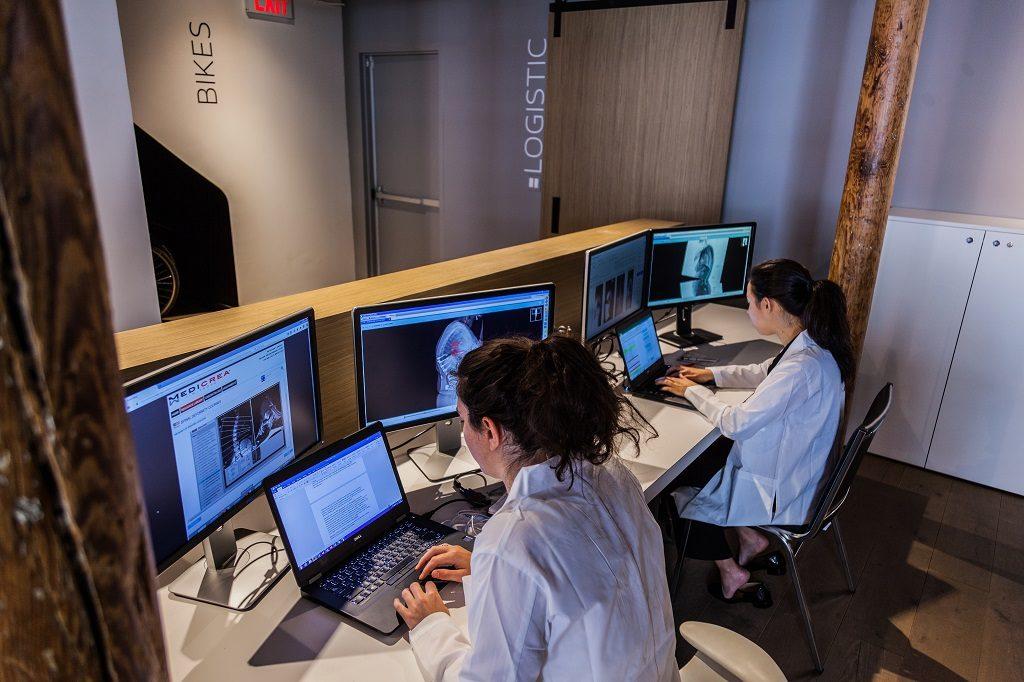 In the medical field, getting a new product, whether it be a drug, a device, or a surgical technique, to market is a long, drawn-out process that can take years. While frustrating for both manufacturers and the patients who stand to benefit from their newly developed treatments, the complex process is a necessary one. All that testing and regulation is needed for safe and effective drugs and other medical products – but it also means that we begin hearing about new products long before they’re approved for clinical use.
In the medical field, getting a new product, whether it be a drug, a device, or a surgical technique, to market is a long, drawn-out process that can take years. While frustrating for both manufacturers and the patients who stand to benefit from their newly developed treatments, the complex process is a necessary one. All that testing and regulation is needed for safe and effective drugs and other medical products – but it also means that we begin hearing about new products long before they’re approved for clinical use.
We’ve been hearing about medical solutions provider Medicrea for quite a while. The company first came into the spotlight in 2014 with their UNiD Rod technology, the first patient-specific spinal implant to receive FDA clearance. Since then, Medicrea has continued to expand their technology, incorporating 3D printing into the manufacture of their titanium interbody devices. Today, the company announced that they have filed a 510(k) request for FDA clearance for their 3D printed titanium devices, which will be used along with Medicrea’s compatible UniD Lab personalized surgical planning and analytical services.
“The associated UNiD™ Lab services enable the surgeon to pre-operatively define the exact 3D-printed interbody anatomical specifications matched with a predictive analysis of global spinal alignment parameters, directly linked to clinical results,” explained Rick Kienzle, Medicrea Chief Commercial Officer.
 Receiving FDA clearance would give Medicrea the go-ahead to market their new technology, which the company expects will happen by the end of 2017. The 3D printed implants and associated surgical planning technology will allow Medicrea’s surgical modeling experts and in-house 3D printing team to create personalized implants that precisely match patients’ unique anatomical and alignment needs, increasing surgical efficiency and reducing the all-too-common complications that currently require many spinal implant recipients to undergo multiple revision surgeries.
Receiving FDA clearance would give Medicrea the go-ahead to market their new technology, which the company expects will happen by the end of 2017. The 3D printed implants and associated surgical planning technology will allow Medicrea’s surgical modeling experts and in-house 3D printing team to create personalized implants that precisely match patients’ unique anatomical and alignment needs, increasing surgical efficiency and reducing the all-too-common complications that currently require many spinal implant recipients to undergo multiple revision surgeries.
“As the first company in spine to develop the highly technical capabilities and differentiated infrastructure required to support a personalized approach to each individual spinal surgical procedure, Medicrea continues to further advance its leading position in the U.S. market, which is estimated at nearly $6 billion, for our UNiD™ patient-specific technologies,” said Denys Sournac, President and CEO of Medicrea. “With in-house additive manufacturing capabilities and FDA clearance anticipated before the end of 2017, Medicrea’s platform of 3D-printed Titanium devices will enable the Company to provide an even more robust and comprehensive solution for patients and surgeons.”
That’s great news for patients suffering from painful and debilitating spine conditions, many of whom have been hearing about the miracle of 3D printed implants for ages but have yet to benefit from them. Medicrea is currently participating in the LifeSci Advisors Corporate Access Event, which is taking place from January 9 to 11 at the Sir Francis Drake Hotel in San Francisco, alongside the 35th annual J.P. Morgan Healthcare Conference. Discuss in the Medicrea forum at 3DPB.com.
Subscribe to Our Email Newsletter
Stay up-to-date on all the latest news from the 3D printing industry and receive information and offers from third party vendors.
You May Also Like
Further Understanding of 3D Printing Design at ADDITIV Design World
ADDITIV is back once again! This time, the virtual platform for additive manufacturing will be holding the first-ever edition of ADDITIV Design World on May 23rd from 9:00 AM –...
3D Printer Maker EVO-tech Reborn as NEVO3D — Once More With Feeling
EVO-tech was a 3D printing service and original equipment manufacturer established in 2013 and based in Schörfling am Attersee, Austria. The company produced high-quality material extrusion systems featuring linear bearings,...
3D Systems Brings 3D Printed PEEK Cranial Implant to the U.S. with FDA Clearance
For more than 10 years, 3D Systems (NYSE:DDD) has worked hand-in-hand with surgeons to plan over 150,000 patient-specific cases, and develop more than two million instruments and implants from its...
CDFAM Returns to Berlin for Second Annual Symposium
The second CDFAM Computational Design Symposium is scheduled for May 7-8, 2024, in Berlin, and will convene leading experts in computational design across all scales. Building upon the first event...
































